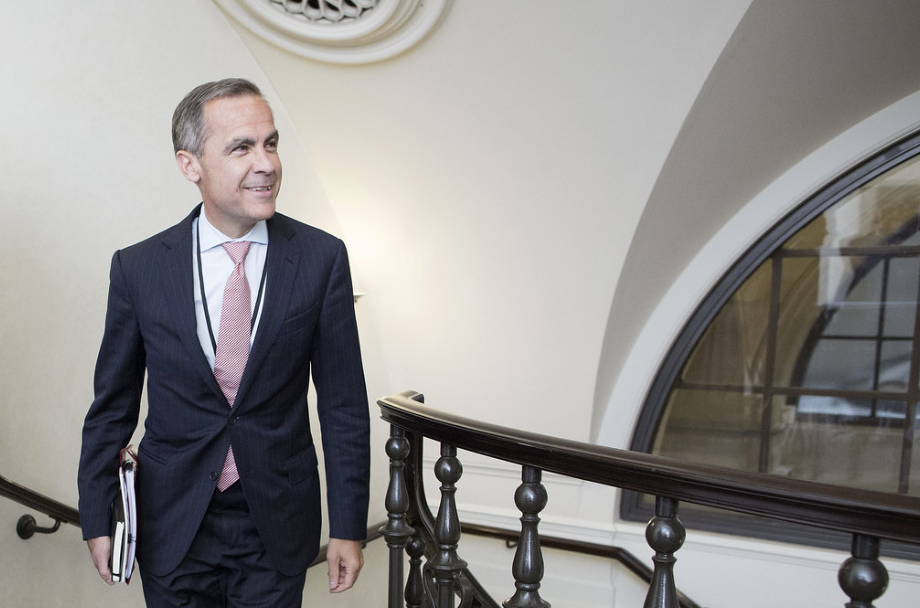It was a historic shift in Canadian politics, as Prime Minister Justin Trudeau finally resigned on January 6, 2025, bringing an end to nearly a decade in office. Trudeau resigned following internal party pressure within the Liberal Party, decreasing public support, and increasing political pressure within Canada and overseas. His own resignation followed soon after Deputy Prime Minister and Finance Minister Chrystia Freeland had suddenly resigned in December 2024, further fueling speculation regarding the stability of the Liberal government.
Trudeau’s Liberals, who had won three consecutive federal elections beginning in 2015, had long dominated Canadian politics. However, because of continuous economic concerns, voter disillusionment, and worsened diplomatic relations with the United States because of President Donald Trump, there has been more pressure to change. Even the Liberal Party, wishing to revive its reputation and Canadian voters’ trust, moved quickly to call for a leadership contest.
Former Bank of England and Bank of Canada Governor Mark Carney was the landslide victor in the Liberal leadership race. Even though new to elections, Carney was highly respected for his economic policy and financial management skills. More than 85% of party members chose him to be leader of the Liberal Party and was sworn in as Canada’s 24th Prime Minister on March 14, 2025.
Carney’s selection is historic in the fact that he is the first Prime Minister to have been born in one of the Northwest Territories and the first in over a century who did not come into office first as an elected politician. His selection was met with suspicion, as Canadians viewed him as a consistent leader who could guide the nation through current economic issues and political renewal. In a matter of weeks in office, Prime Minister Carney called for a federal election, held April 28, 2025. The Liberal Party established a minority government, with 170 seats, which was a seat shy of majority in the House of Commons’s 338 seats. It was not a “great” victory, but it provided Carney with public mandate and political capital to advance his agenda.
Following the election, Carney showcased a streamlined cabinet of fewer ministers and new files focused on new priorities such as artificial intelligence, rural economic development, and intergovernmental relations. Especially important was Anita Anand as Foreign Affairs Minister and old journalist Evan Solomon to head Canada’s new artificial intelligence initiative that marked a shift towards technological advancements. The government of Prime Minister Carney has its own set of issues, the most significant of which include tension with the United States and the necessity to start and expedite economic activity. His government has pledged to reaffirm Canadian sovereignty, modernize the economy, and renew partnerships globally in addition to fixing local problems with greater urgency. As Canada enters this new period, the coming months will be a test of Carney’s leadership. It remains to be seen whether his vision and policies will match the country’s wish for change.













